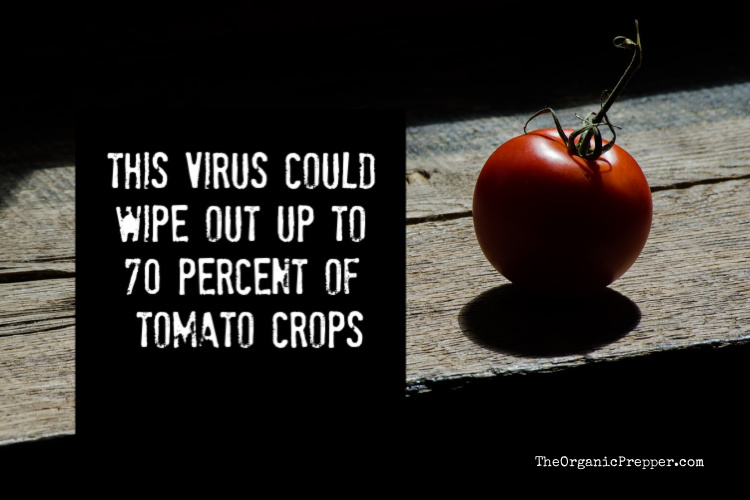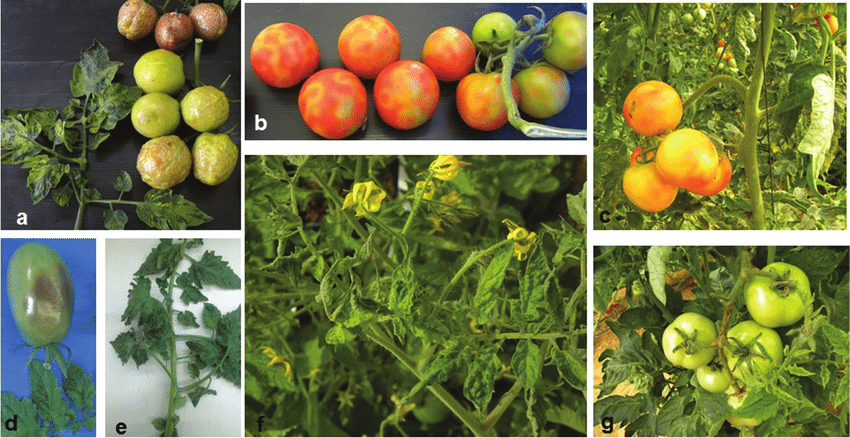If you're new here, you may want to subscribe to my RSS feed. Thanks for visiting!
The humble tomato has been a staple of American dinner plates and mayo sandwiches since the depression era. The plump juicy fruit continues to show up in everything from our salads and adult beverages to our pizza. We generously dip our fries in ketchup made from tomatoes. We add tomato juice to our soups. It can’t be denied – the red fruit has infiltrated American cuisine with a vengeance and there’s no backing out now.
Tomatoes are an iconic humble American food that has sustained us as a country even through the hard times. An easy-to-grow food, the depression era staple continues to be popular today. Southerners still eat tomato sandwiches, at least where I’m from.
Avid home gardeners plant tomatoes every year in their backyards, awaiting a juicy home-grown crop. We plant and water the Romas and the Beefsteaks in our backyards and delight in their rich earthy aroma. While the tomato plant originated in South America, when it was first brought to the United States it was only used as an ornamental plant until the 1800s because tomatoes were thought to be poisonous! Now, their popularity cannot be denied. The University of Missouri states that the tomato is the United States’ home gardener’s number one most popular crop!
What if there was a sudden tomato shortage?
Think about all the recipes that your family likes to eat. Are there tomato products in them? So many recipes include some form of tomato. The number is staggering. Just do a quick search on a recipe site and you’ll be deluged. A shortage of tomatoes would affect not only our dinner plates but much of the food manufacturing that uses tomato as an ingredient, like jarred pasta sauce among a myriad of other products.
According to PennState Extension, “In the United States, tomatoes are harvested for two basic purposes: processing and fresh marketing. In recent years the United States has produced around 300,000 acres of processed tomatoes valued at $600 to $700 million and 130,000 acres of fresh-market tomatoes worth $1.4 to $1.6 billion (USDA Statistical Services bases value of production on total acres harvested times average price).”
Unfortunately, losing the American tomato crop is a reality that is too close for comfort. It was revealed that contaminated imports from Mexico already crossed our borders putting our crops at risk. Thankfully, the diseased fruits were eradicated in time, but the threat still remains as long as we accept imports. When California accepted a contaminated import of tomatoes from Mexico, the tomatoes were found to have a highly contagious virus called Tomato Brown Rugose Fruit Virus (Tobamovirus, ToBRFV). This virus can spread quickly and can wipe out up to 70% of affected crops.
What is Tomato Brown Rugose Fruit Virus?
Tomato Brown Rugose Fruit Virus creates rotten spots on the tomato fruits and weakens the plant and leaves. The reported cases have come from contaminated imports from Mexico and South America. The only cure is to destroy the crop. The tomato virus is so contagious that a worker could simply touch an infected tomato and then, upon contact with a healthy plant, spread the disease. Thankfully, this virus does not affect humans, but the economic risk factor here could be devastating. After close calls with contaminated imports in both California and Florida, the risk is still high that the virus could sweep the nation, leaving thousands of pounds of rotten fruit in its wake and that much less product in the market.
According to the Florida Department of Agriculture and Consumer Services, “Tomatoes and peppers are the two major hosts for the virus, which causes yellowing of leaf veins, and yellow spots, brown rugose (wrinkled) patches, and necrotic (dead) lesions on tomato fruit. Symptoms in fruit develop within 12 to 18 days of infection.”
They explain how the virus is transmitted:
The ToBRFV virus can be easily transmitted by contaminated tools, hands, clothing, soil, and directly plant-to-plant, as the virus as highly stable. The virus may also be spread by pollinators like honeybees and bumblebees, which commonly pollinate tomatoes. The genetic resistance in tomatoes that protects against many tobamoviruses is not effective against ToBRFV. (source)
Upon inspection of the official documentation from the USDA for this month, tomatoes are a significant export crop for six states with Florida and California heading the list. And according to statistics, each person in the USA on average consumes 20 lbs of tomatoes per year. And that’s just “fresh” produce! This doesn’t count all the other products that have tomato in them. If there was a significant invasion of this tomato virus, it could have a radical effect on the already strained agriculture in the USA.
Here’s what infected plants look like:
Image credit: Seed Transmission of Tobamoviruses: Aspects of Global Disease Distribution
What can a home gardener do?
If you happen to come into contact with contaminated fruit, which includes peppers, destroy the plant and fruit immediately and then wash your hands. Keep the contaminated fruit out of your compost pile! When you’re buying tomato plants, use the photos above as a guide so you can steer clear of any that look unhealthy.
Prevention mainly relies on destroying infected plants and following strict decontamination measures, including sanitizing garden tools, frequent handwashing, and cleaning boots before entering greenhouses or garden areas.
For more on how to grow a healthy garden, check out this article: Disease Prevention in Home Vegetable Gardens
What do you think?
Are you concerned about the food supply being harmed by things like viruses, flooding, and contamination? Are these concerns reasons you store food? Please share your thoughts in the comments.
About Jenny Jayne
Jenny Jayne is the mother of two wonderful boys on the Autism spectrum and is passionate about Autism Advocacy. She is a novelist who writes Post-apocalyptic fiction and a freelance writer. Her first novel is coming soon to Kindle eBooks near you. Her guilty pleasures are preparing for hurricanes, drinking hot coffee, eating milk chocolate, reading romances, and watching The Office for the 50th time. Her website: https://jennyjayneauthor.wordpress.com/


















Thank you for this information. We have gardens in the rural area I live in every year and sometimes all year. I will be sharing this information. Thank you.
So glad to be of help!
Jenny,
Thank you for the warning!
I wish you had posted a picture or two of pepper plants infected with this virus as well as tomato examples. I searched for them on line with no luck. I’m assuming they would present similar symptoms as the tomato plants, yes?
Also, do you know if there is any way to treat soil that might have been host to this virus?
A 30% crop yield is just not worth the effort.
check out Better Seed dot Org and American Seed Trade Association. They have a few handouts on the site that detail decontamination practices.
Thanks!
:o)
Charles, I could not find any pictures of diseased peppers with brown rugose fruit virus (ToBRFV). Great question and I’ll continue to search. Please let me know if you find a photo!
Diseases, weather, and contamination are all worrisome when it comes to our food supply. We should all have good food stored for our household. I’m not up to the kind of numbers I want. I do have a goal. My goal is 2 years. That would cover 2 planting and harvest seasons. I have seeds for more than that.
That’s excellent! That’s my goal. Great job!
I wonder who created this virus. Never heard of it before. Of course, the Bible does say in the last days there will disease and pestilences.
In addition to tomatoes and peppers, this disease also affects potatoes, squash and tobacco. I would suggest that stocking up on all of these products might not be a bad idea. Canned last fairly well, and it pays to get ahead of the inevitable inflation of prices.
It figures that the one crop I can grow well is affected by this virus! I do plan on growing more next year, so I’ll keep my fingers crossed.